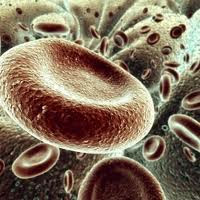Two exoplanets, a rocky
like Earth and other gaseous like Neptune, evolve to a very small distance from
each other, a discovery that intrigues astronomers who had never observed a
similar phenomenon.
It is like imagining
that instead of a full moon rising on the horizon, lifted a giant gas planet
appears to be three times bigger than this, say the researchers, whose work was
published Thursday in the U.S., in the online edition of the journal Science.










